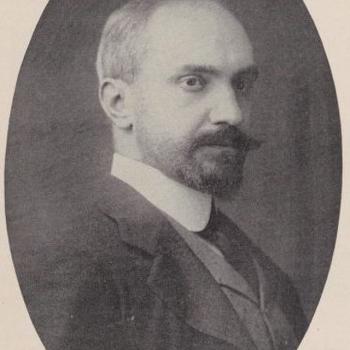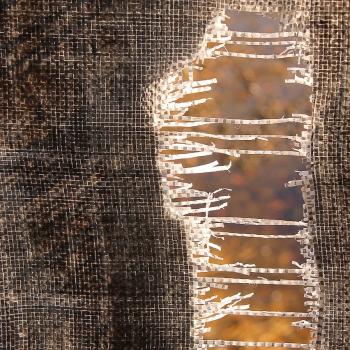
(My first blogs will give you a context for what I mean by Evolutionary Power. This is a continuation of my last blog, What is Power?)
While in college, even as I enjoyed full-out expression as a radical, I was an emotional wreck. I felt depressed and anxious and had intermittent periods of wanting to die. I couldn’t make sense of life or relationships, where I was often mired in power struggle and drama. Being resentful of “the man” didn’t help me a bit as I employed my old strategies in my intimate connections: Fighting to be right–or feeling the humiliation of defeat; puffing up—or collapsing; directly engaging in the battle, or feeling cowed and withdrawing. None of these methods served me in creating connection and intimacy. And they certainly didn’t support me stepping into the world in a way where I felt confident and strong. Instead, I felt despondent and adrift.
After college, I found the perfect research ground for examining power issues: working with emotionally disturbed adolescents. I was twenty-three when I was hired as a staff in a group home, where this naïve white girl from the suburbs was put in charge of 7 girls from inner city Detroit. The idea was that I was supposed to steer these kids in a direction, maybe even provide them with “treatment.” So, armed with my BA in psychology, I gamely stepped in. I pushed, I pulled. I wheedled, bribed (we called it a behavior system), confronted and was overpowered. Ostensibly, I was the authority, but I quickly understood the reality of my powerlessness. I did what I knew to do more, at one point unceremoniously dumping a 16 year-old out of her bed when she refused to get up for school. I’d taken the situation to the extreme, doing my best to be the alpha, the dominator. I had the legitimate status, the title and the role. I was in charge. And—as I stood over her, now curled into a ball, I saw the limitations of all of my so-called power; I still couldn’t make her get up.
Eventually—after much trial and error—I found a newer, easier path with my charges. As I got to know them (and they, me) it was clear that it was our relationship that made all the difference. The kids accepted my direction because they learned it was in their best interest. I accepted their influence because I cared about them. We found the sweet spot of harmony, which clearly depended on our mutual caring and respect. The bound-up, exhausting pushing and resisting transformed into a whole energy stream of possibility and connection. I was hooked. There was a better way.
Unfortunately, I wasn’t transferring what I was learning to my personal life. At home, my relationship was dying on the vine through our ongoing squabbling. My answer was to do what I’d seen my father do—work longer hours, stay away more. Try to keep it all going. But I was sinking—into depression and anxiety and exhaustion. Thankfully, this eddy of unhappiness pulled me into a health crisis. I finally faced that I couldn’t keep it all up. I had to find a better way.
Was it chance, coincidence, serendipity? I actually attribute it to my new-found meditation practice that opened up a new channel in me, one where I found my intuition and deeper wisdom. In one of those “the book fell off the shelf” moments, I discovered the work of Gay and Kathlyn Hendricks, and was introduced to this strange idea of being what they called “conscious.”[1] I dropped into a brand-new world where people breathed and moved. I felt different. Light. Open-hearted. Optimistic. Alive. I had new ways to talk to my partner, and felt close to her again. That seemed like the biggest miracle of all—maybe I actually could have a long-term, thriving relationship. I stood up taller, walked differently in the world.
I felt powerful.
(To be continued…)
[1] Conscious Loving: The Journey to Co-Commitment, by Gay and Kathlyn Hendricks, (1992, Bantam Books).
For more information about me and my work, go to www.juliacolwell.com.
















